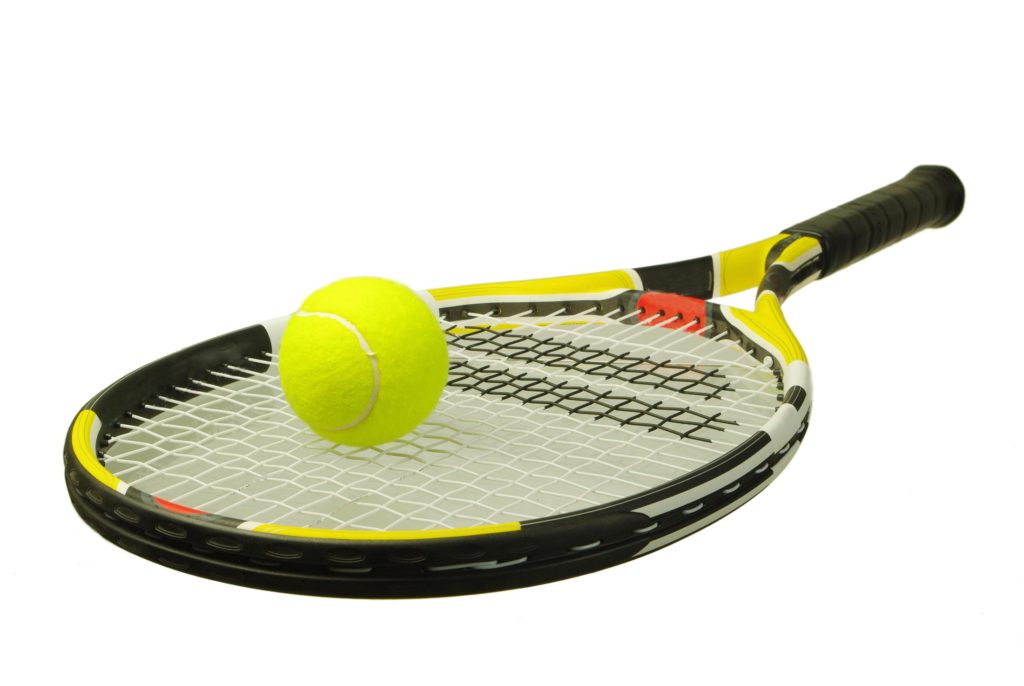
Tennis elbow is the common name for the condition lateral eponcydolitis, and it’s a bit of a misnomer. First, it’s caused by repetitive motion of the wrist, and secondly, while you can certainly develop tendonitis from playing tennis and other racquet sports, only about one in 20 cases happen like that. A wide variety of activities causes tennis elbow from shooting hoops to gardening, to even using a computer mouse. One activity that has seen a rise in tennis elbow is CrossFit. Dr. Budler treats many patients for tennis elbow every year.
CrossFit is a high-intensity workout program that has swept the nation in recent years. It combines workout programs of strength training and cardio exercise. Repetitive motion like push ups, pull ups and swinging Kettlebells can strain the muscles and tendons of the forearm if they are performed improperly. This strain eventually leads to periods of pain and inflammation in the tendon, which can become chronic over time. Previous injuries, like sprains, can also contribute to the condition.
Tennis elbow is characterized by pain that comes and goes on the outside of your forearm, below the elbow. You may also feel pain in the wrist. Some patients feel pain when moving the arm, and struggle to perform CrossFit activities. For some, even performing basic activities like turning a doorknob or holding a coffee mug can become difficult. The pain typically can last from three weeks to three months.
There are a few self-care treatments that tennis elbow sufferers can do to reduce inflammation and pain. These treatments include using ice, over the counter anti-inflammatory medications or NSAIDS and rest.
The best way to deal with tennis elbow is to avoid getting it in the first place. Before any performing activities that require the repetitive motion of the wrist, it’s good to stretch. A series of wrist stretches, like the wrist flexor stretch, can warm up the tendons of the forearm before working out. To perform the wrist flexor stretch, extend your arm in front of you, palm facing up. Bend your wrist, so your and points toward the floor. Using your other hand, turn your wrist further, so your fingers go back toward your elbow. You should feel a slight stretch in your forearm. Hold for 20 seconds, and repeat.
Also, check with your cross-fit instructor or coach to make sure your form is correct when performing exercises that engage those tendons.
There are a few self-care treatments that tennis elbow sufferers can do to reduce inflammation and pain. These treatments include using ice, over the counter anti-inflammatory medications or NSAIDS and rest.
Tennis elbow can be severe and unresponsive to self-care treatments. Dr. Budler treats tennis elbow in patients using Tenex TX1, an ultrasonic surgical knife that allows him to target and remove impacted tendon tissue. To learn more about this minimally invasive procedure for your tennis elbow, call Dr. Budler today at 855-201-1519.
